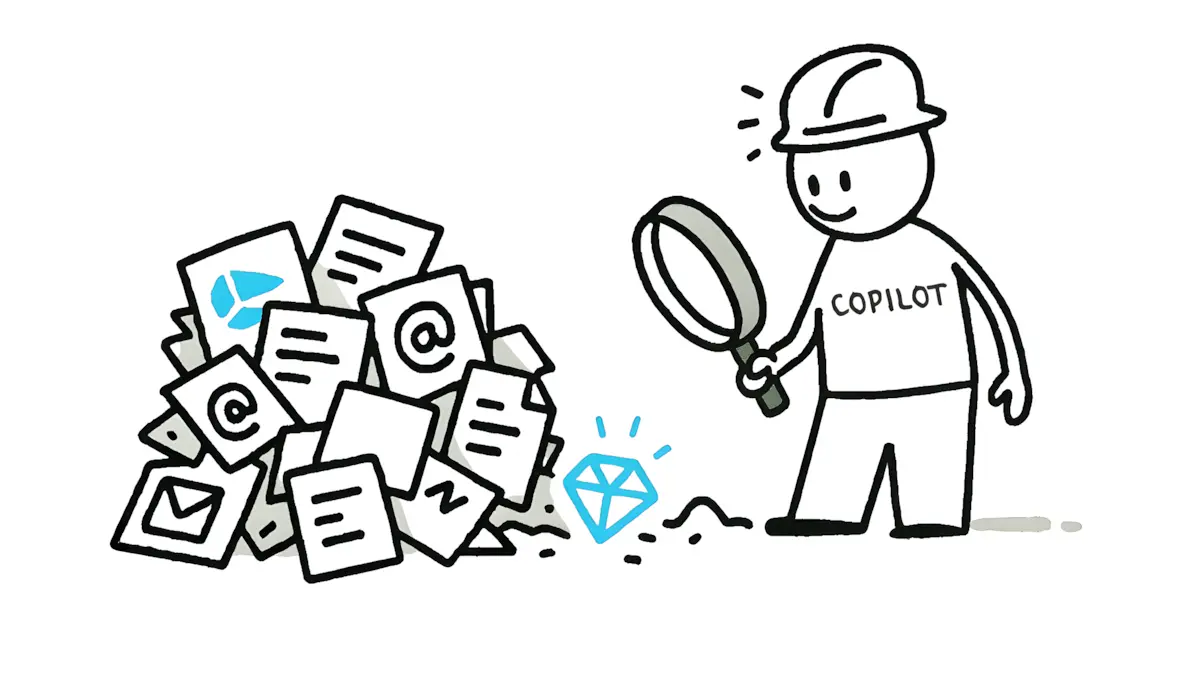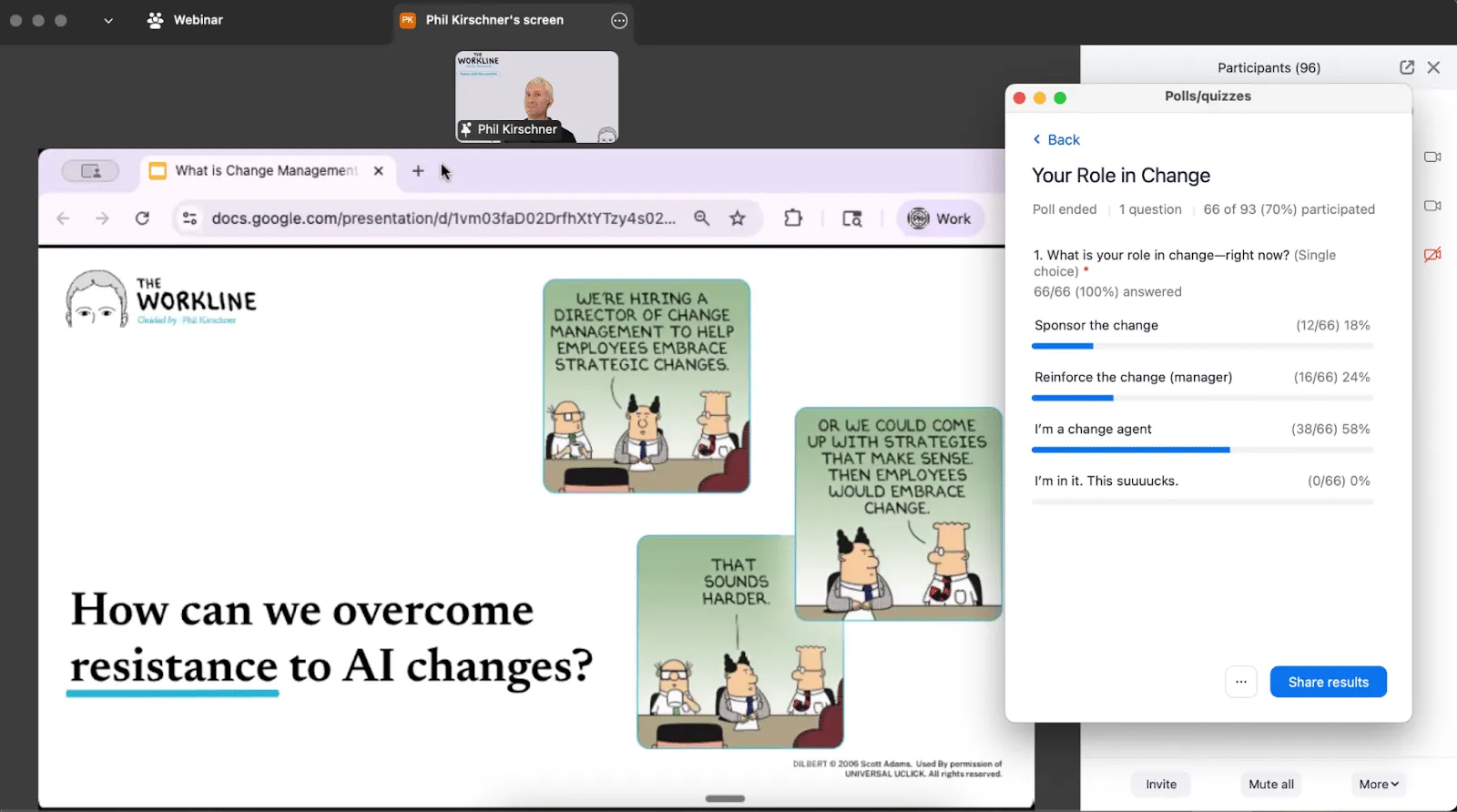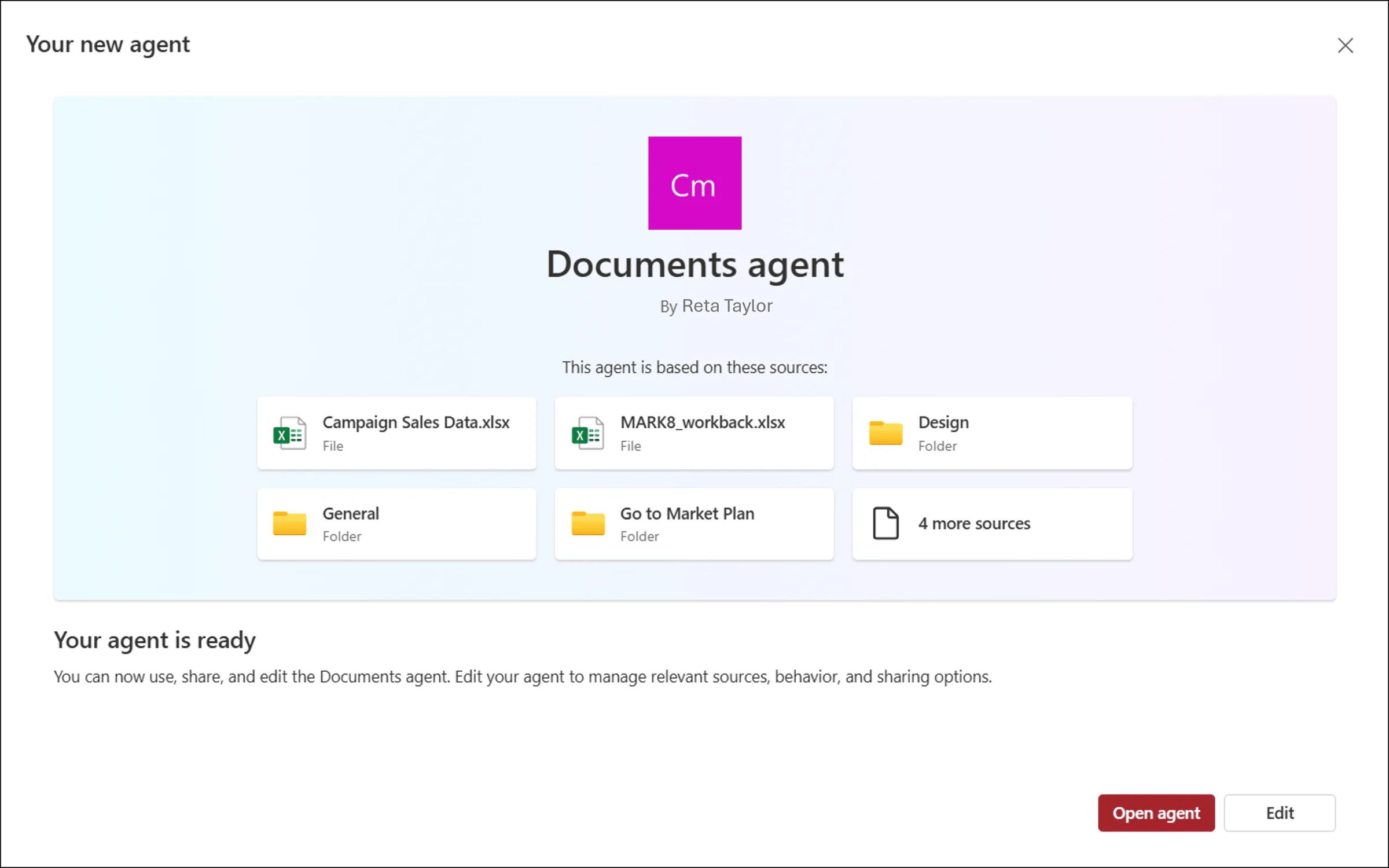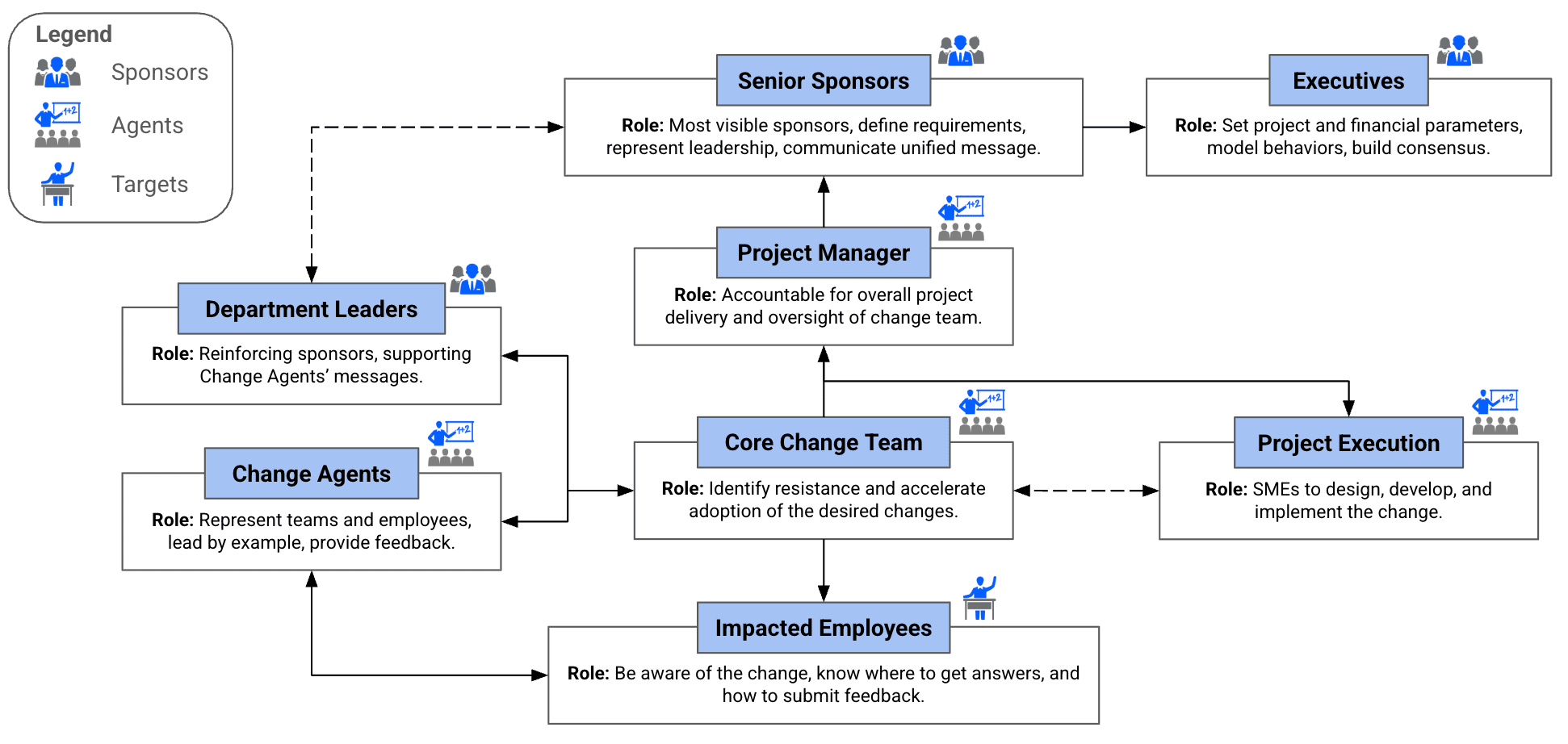Lessons from McKesson: Real Change in AI

There's a massive disconnect between the AI evangelism at conferences and what's likely happening at your company...especially in real estate. It's not just about being late to the party; corporate real estate faces structural barriers that make AI adoption more complicated than in HR, IT, Ops, etc.
Yet some teams are breaking through.

I recently spoke with Drew DePriest, who oversees technology for the corporate real estate team at healthcare giant McKesson. For further context, his department reports via corporate finance to the CFO.
He was also named a Top Global FM Influencer literally this week. 🎉
Drew’s story offers a practical roadmap for what AI adoption can look like when you work within organizational and/or industry-specific constraints instead of trying to fight them.
And when you have leaders who are ready for the challenge.
Lead Across the Lines of Modern Work with Phil Kirschner
Over 22,000 professionals follow my insights on LinkedIn.
Join them and get my best advice straight to your inbox.
Four Walls: Why CRE Is Different
Before diving into Drew's success stories, it's helpful to understand why some functions face steeper adoption curves for technology.
Corporate real estate (CRE) operates on decades-long building cycles, while AI evolves weekly. Teams depend on complex webs of external partners—property managers, architects, brokers—each with sluggish adoption timelines. Add split infrastructure between landlords and tenants, plus capital-intensive budgets tied to specific facilities, and you have compounding barriers that make AI adoption uniquely challenging.
Want to dive deeper on the role of AI in commercial real estate? Check out the Trillion Dollar Hashtag by Antony Slumbers .
Think of it like HR teams waiting for benefits vendors to update their enrollment systems, or Finance coordinating with banks that don't support modern protocols. Each function has its version of "partner complexity."

Change Starts from the Top
Real change doesn't start with technology—it starts with leadership vision.
At McKesson, Drew said the CEO’s message has been clear: AI isn't optional, it's a massive corporate initiative. But lots of CEOs are saying that these days; the difference seems to have been how Drew’s departmental leadership embraced that message.
Drew recalled sharing a bare-bones agent with one of his real estate execs. The leader jumped right in with insightful questions about which projects to prioritize, headcount forecasts, and worst-case lease scenarios.
Despite not being able to answer the questions—the agent didn’t have real data—Drew said the short, digital exchange secured true sponsorship from the real estate exec:
I want us to be one of the first teams in the company to do this well!
But even with leadership backing, transformation requires someone who can bridge the technical and operational worlds.
Drew (a self-described “curious nerd")—is a powerful change agent as an embedded technologist, sitting within “the business” and not in IT. He understands the art of the possible and day-to-day CRE realities.
That executive enthusiasm, combined with Drew's technical capability, created the foundation for genuine experimentation.

Fix Your AI Fears!
Missed my webinar on AI rollout change resistance? Get the replay, presentation, and resources here!
Extracting Data from Decks
Across many functions, critical business intelligence lives in PowerPoint decks and email threads, not pristine databases.
Drew confirmed this reality:
A lot of the information that we get from our businesses units lives in slide decks. That's how our business partners transfer knowledge.
The breakthrough comes when you can teach AI to understand this messy, human reality. For Microsoft-based enterprises, attaching Copilot agents to SharePoint folders may suffice. It's similar to Google's NotebookLM for searching specific resources.

One success story involved seven years of project data "trapped" in Excel spreadsheets that were designed for human (not database) legibility.
Drew rolled up his sleeves:
I asked my colleague to send me their file. I spent a few hours iterating with an LLM to have it write scripts to reformat the whole thing. The team initially believed it would take six weeks for a dedicated resource to get the data where we needed it, but I solved it in a single morning.
This victory wasn't just about efficiency. It revealed a novel approach to AI adoption: integrating with existing workflows and knowledge formats, not trying to replace them wholesale.
Building a Self-Service Culture
Drew's approach focuses on transitioning his team from providing reactive support to empowering users to embrace a search-first mindset.
I'm trying to get my team to help our business end users adopt a self-service model. I want them training internal clients en masse to do something instead of having me go do it for them.
The starting point was refreshingly simple: "What are the 10 questions you're sick and tired of answering every week?"
Rather than starting with complex chatbots, the team is experimenting with agents that have access to simple FAQs. Nothing has been deployed into production yet, but early results look promising.
🤷♂️ Who Is Really Leading Your Transformation?

If it's not clear who is sponsoring and advancing critical changes in your organization, check out my free change role clarity guide.
First Drew, Now You
At-scale digital transformation can be a challenge when it requires complex partner ecosystems, as the real estate industry usually does. "I have some business cases that pencil out really well,” Drew told me, “but it’s going to take a lot of collaboration and capital to get there.”
That said, adopting AI inside large organizations doesn't require perfect data or moonshot use cases. It requires trust, access, and a clear signal that experimenting is allowed.
What started as a quiet trial inside a structurally constrained function has already delivered a more intuitive way to surface buried insights, reduce duplicate work, and accelerate internal decisions. Not because the model was brilliant, but because the problem was real.
No matter your function—whether you're dealing with partner complexity in HR, misaligned incentives in Finance, or infrastructure constraints in IT—these principles apply:
- Start where your teams already work. If the truth lives in decks, not dashboards, meet them there. Every function has its version of "messy but meaningful" data.
- Sponsor from the top—don't just nod along. Have execs interact with prototypes, even broken ones. Drew's exec asking questions of a dummy agent created more momentum than a strategy memo.
- Cascade curiosity, not just compliance. Fast-moving teams have leaders who model exploration, not just KPIs. Think about how your Drew equivalent could bridge technical and operational worlds.
- Create lightweight lanes for builders. Give your experts agent-building tools and a place to share what they learn. Even constrained functions need room to experiment.
How can you sponsor the change? Forward this email to other leaders.
And if your colleagues in CRE or other slower-moving functions are doing unexpected things with AI, ask them about it. They may be further along than you think, working within constraints to find practical wins.
- Phil

Lead Across the Lines of Modern Work with Phil Kirschner
Over 22,000 professionals follow my insights on LinkedIn.
Join them and get my best advice straight to your inbox.


